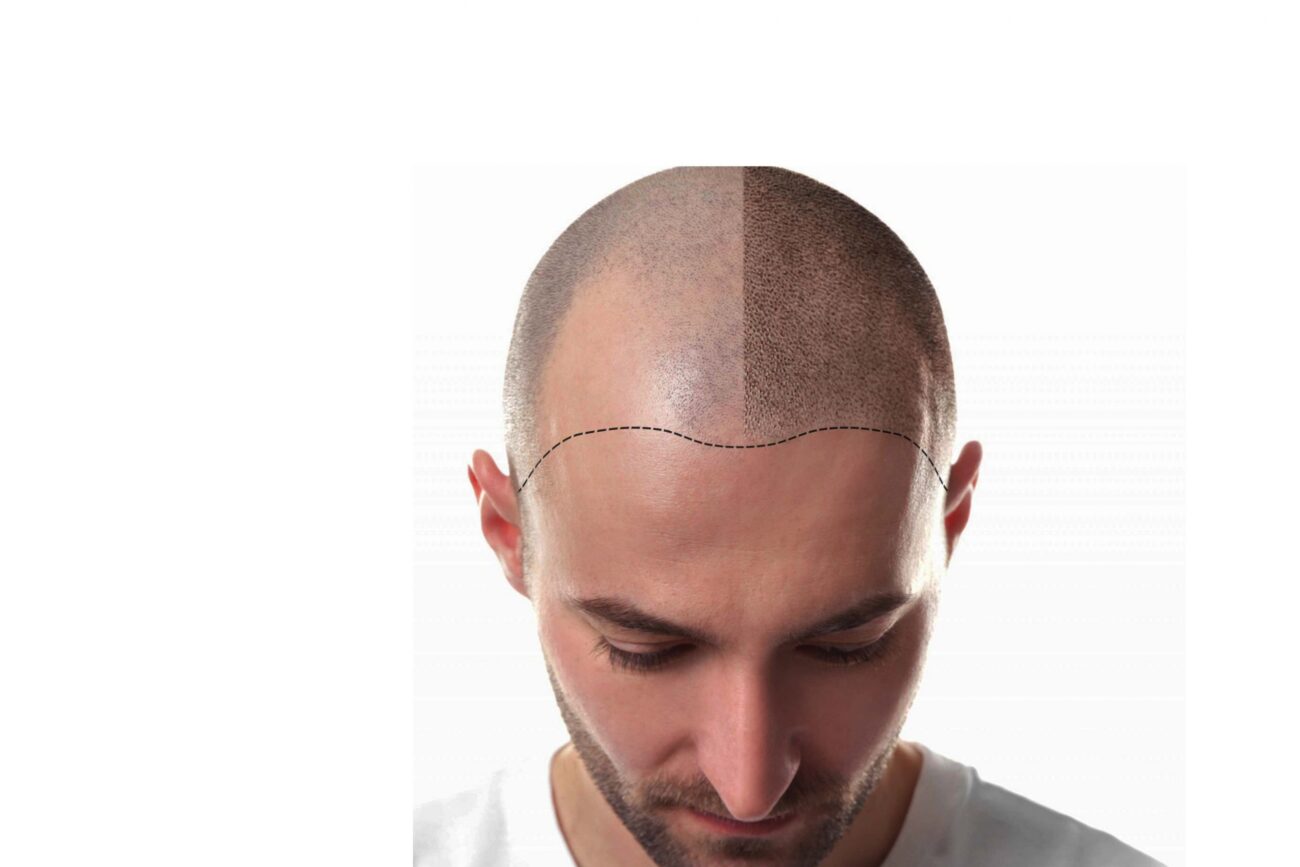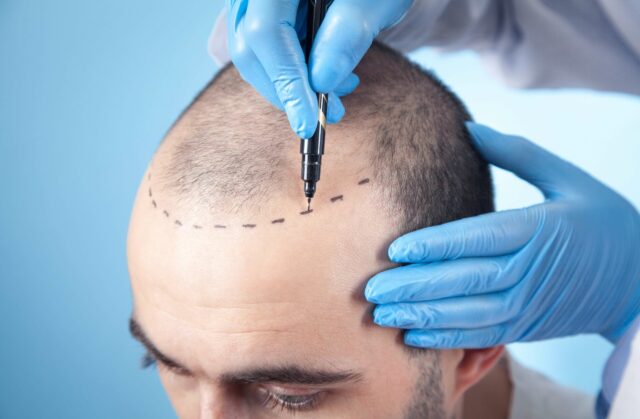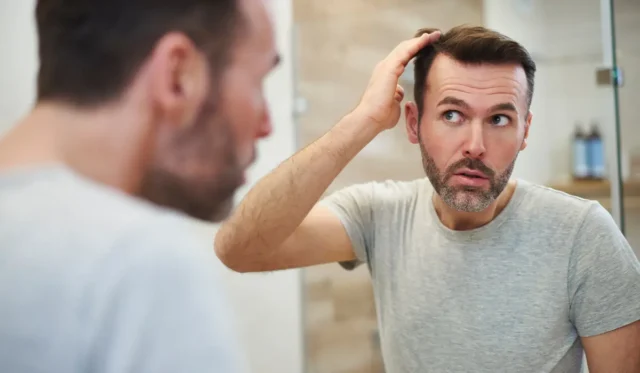
Whether you have already booked your first consultancy appointment for a hair transplant, are waiting for the actual day of the procedure in the next few weeks or are merely looking into the different options to combat, control or prevent natural, male pattern baldness or hair loss in women, then you have certainly come to the right place.
Here, for your information and of course reading pleasure, is a comprehensive guide on what to expect from a hair transplant and if such a procedure is the right choice for you.
Common Reasons for a Hair Transplant
Every single person across the length and breadth of this country and beyond are individuals and therefore all have their own personal reasons for opting for any kind of treatment and a hair transplant is exactly the same.
There are, however, more common and popular reasons why a person chooses to book in for a hair transplant, which include, but are not limited to, the following:
- Widespread hair thinning
- Baldness
- Chemotherapy
- Hair loss due to injury
- Hair thinning from an operation
How to Find the Right Clinic For You
Once you have decided, after considerable thought and hopefully conversations with your proverbial nearest and dearest, it is now time to start to research local clinics in and around your local area.
As with any other industry, word of mouth recommendations are perhaps the absolute best way of finding a reputable and renowned clinic, such as hshairclinic.co.uk, and once you have found the right one for you, be sure to ask as many questions as you feel are needed.
Preparation for a Hair Transplant

Your doctor or nurse will advise you on everything you need to do ahead of the day of the hair transplant and obviously, as everyone is different, there may be one thing you need to do to prepare that someone you know who has had the same procedure may not.
Typically, however, the following steps should be taken ahead of the day of your hair transplant procedure:
- Avoid taking any blood thinning medicine such as aspirin or ibuprofen for a fortnight before
- Don’t have your hair cut or styled before your transplant
- Have thorough blood tests beforehand
- Have an ECG before the surgery
- Avoid alcohol totally for at least three days before surgery
- Limit antidepressants intake for up to a fortnight beforehand
- Book in for a scalp massage regularly for three weeks before surgery
- Avoid dietary supplements and vitamins for a fortnight before
The Hair Transplant Itself
Even though every single individual clinic operates to their own differing standards and have slightly varying procedures, there is a simple step-by-step process to the completion of a successful hair transplant:
- Your hair will be shaved clean in and around the area where your hair follicles will be removed and also around the area of the transplant as well
- Using a specialist tool, which is often a micro punch tool, your doctor or surgeon will remove certain hair follicles directly from the root underneath your skin
- A set of exceedingly small and accurate incisions will be made using a tiny medical needle
- The new hair follicles will be carefully inserted into these incisions
- The entire area which has been worked on will be thoroughly cleaned, wiped and sanitized
- A bandage will be securely tightened around the area to aid safe recovery
After Your Transplant

After your successful hair transplant, your medical doctor will again be presenting you with a thorough, detailed leaflet on how to best take care of both your body and the area they worked on during the procedure. Again, everyone is an individual, but there are certainly some guidelines which you must stick to, no matter your particular specific details. Such guidelines include:
- If the area displays signs of swelling, it is important to apply ice for at least twenty minutes on the area just above your eyebrows
- Avoid wearing hats or caps for the first three days after the transplant
- For the first week afterwards, ensure to sleep with your head elevated, ideally on a minimum of three pillows to reduce the risk of swelling
- Under no circumstances should you attempt to dye your hair for at least a month
- Investing in a weighted blanket is an excellent idea to ensure that when you are sleeping, you don’t toss and turn in your bed and catch your tender hairline on the edge of the pillow or quilt
- Avoid prolonged exposure to the sun, especially around the midday mark, for the first fortnight after your hair transplant
- Drink as much water as you can and ensure to stay extra hydrated during the summer months if this is when your transplant was carried out
- For the first twenty-four hours after your procedure entirely avoid driving under any circumstances
The Results
You will be pleased to know that the vast majority of people experience wholly positive effects after their hair transplant, including a natural looking hairline, organically stimulated growth of your hair follicles after the transplant as well as exceedingly low maintenance levels required afterwards.
Remember that, hair transplant or not, everyone’s hair has a natural life cycle and it is completely normal for you to experience hair loss when you brush your hair or wash in the shower or bath.
Possible Side-Effects

As with any medical treatment, operation or procedure, there are also associated risks and side-effects that may well not occur even a small amount with your own transplant yet may repeatedly occur during the recovery of another.
It is important to contact your doctor or surgery if you seem to be experiencing any of the following side-effects, even though the likelihood of doing so is incredibly low:
- Swelling or any pain around the area in question
- Tingling or numbness
- Any signs of infection whatsoever
- Swelling of the hair follicles themselves
- A vastly different appearance of the new hair compared to the hair around it
- Crusted blood or drainage evidence around the area
- Bleeding
- Thinning or baldness continuing after the hair transplant has been completed